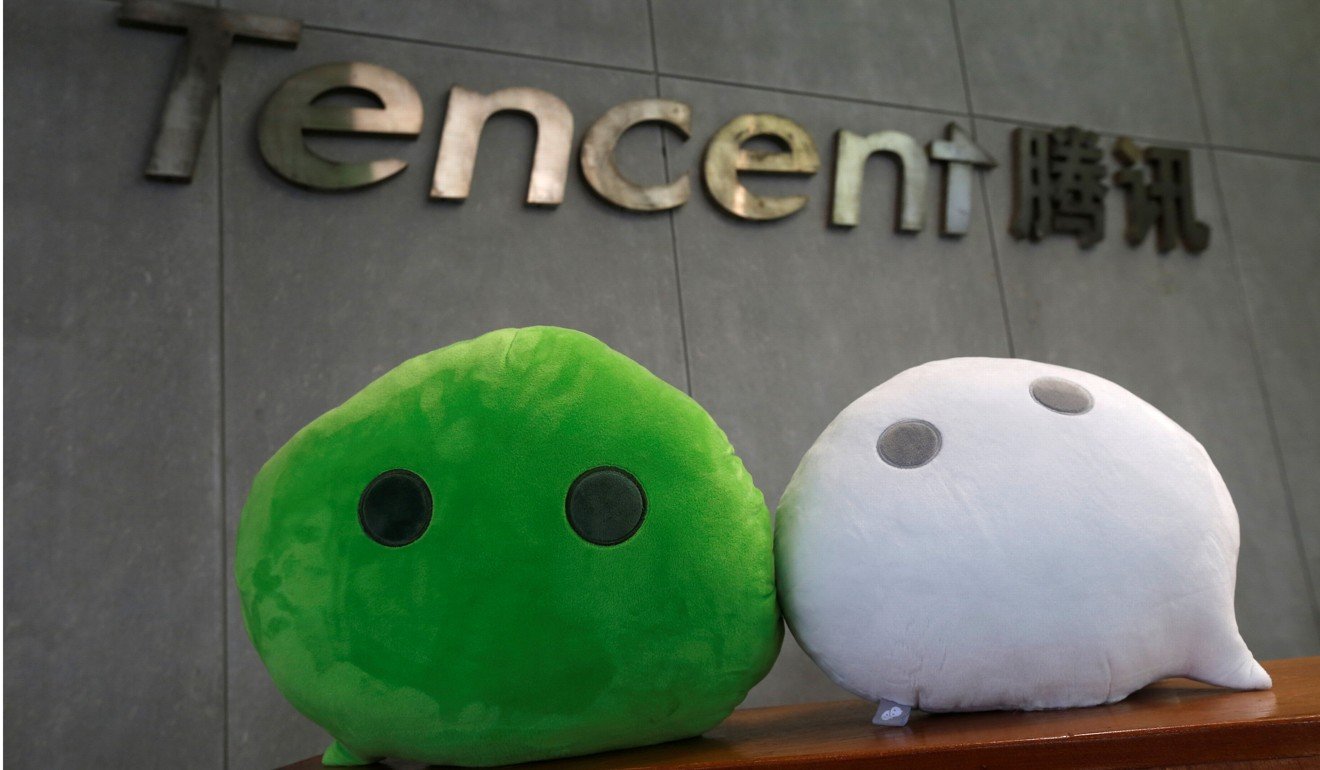
Is Asia Spotify’s weak spot?
Its US$26 billion stock debut has tech industry mouths watering, but the music streaming company may have hit a bum note in the region, where piracy, limited budgets and a love of karaoke are conspiring against it
Agatha was shocked, sad and more than a little embarrassed when she received an email from Spotify recently saying her account had been suspended.
The student, 22, from Yogyakarta on Java island, Indonesia, had been caught using a pirated version of the music streaming service that granted her access to features that would usually require a subscription – advert free listening, unlimited access to songs and offline listening.
“I am ashamed to admit that I had been using a ‘crack’ version of Spotify Premium that I had found by [searching on] Google,” Agatha admitted.
Agatha’s misdemeanour cost the music streaming giant little. A subscription in Indonesia usually costs about 50,000 rupiah (US$3.60) per month – a pittance compared to the US$26.5 billion the Stockholm-based company raised last week in its stock debut, one of the largest public offerings ever in the tech sector. Nevertheless, taken collectively, people like Agatha are costing the company dearly, threatening to spoil the momentum of its market debut and highlighting its rocky path to profitability in Asia. In this region, limited disposable incomes along with rampant content and software piracy – a problem that remains despite repeated crackdowns – have created roadblocks for the music streaming giant’s global ambitions.
You have not arrived: why Google Maps is a lost cause for Indonesian drivers
Along with Africa and Australia, Asia accounts for just 10 per cent of the company’s user base, 157 million users at the end of 2017, compared with Europe’s 37 per cent and North America’s 32 per cent. Levelling those figures will depend in large part on winning over users like Agatha, who resorted to piracy because she “didn’t want to spend money just for an application”.
In Agatha’s case all it took was a chat with a friend, a quick Google search and some simple instructions from a blog to get free access to Spotify’s paid-for services.
WATCH: Spotify expands content playlist to compete with Google’s YouTube
Illegal versions of the app can be found easily on blogs and file-sharing websites and are even abundant on e-commerce services and social media. This Week in Asia found two links on Twitter, posted in Indonesian and Malaysian languages, that enable users to enjoy Spotify Premium for free, while on Singapore-based e-commerce platform Shopee, a monthly Spotify Premium account was being sold for 30,000 rupiah – 20,000 rupiah cheaper than the official price.
“I wanted to listen to songs but I didn’t want to pay,” said one Twitter user of the services. “I’m still a minor, so I don’t want to bother my parents by asking money for a service that they may think unimportant.”
There are signs of a backlash against those who resort to piracy, especially among Malaysian users paying 15 ringgit (US$3.90) per month for Spotify’s services.
Why Hong Kong’s plan to attract the next Google is a great leap backwards
“I understand CD/DVD piracy because the original copies cost quite a lot. But hello? Spotify Premium is only 15 ringgit a month, you can get the family plan and share the cost among friends, or hey, there’s Spotify for free but with ads,” a Twitter user named Ils said.
ROOM TO GROW
If Spotify can overcome the reticence of people like Agatha to pay for its services, Asia offers it room to grow. Revenue from music streaming in Asia is forecast to reach US$1.4 billion this year, but even if that figure is realised it will still lag behind the US, where streaming platforms last year raked in US$5.7 billion – accounting for 65 per cent of total music industry revenue, according to the Recording Industry Association of America.
But Spotify faces a myriad other issues, such as low affordability of mobile data, the prevalence of low-end smartphones, low advertising prices and high content costs, according to a 2016 report by McKinsey & Co. And that’s not to mention the local competition.

Spotify’s first foray into Asia, in 2013, relied heavily on a localisation strategy. Not only were its average monthly fees less than US$5 – compared to US$9.99 in the United States and £9.99 (US$14) in Britain – the firm teamed up with telecoms providers and local musicians by promoting playlists that included local hits and genres, such as K-Pop and dangdut, a traditional Indonesian style. “I think Spotify did very well in the early years with its localisation strategy, and that helped to build the cultural affinity required in some markets,” said Sudev Bangah, country manager at International Data Corporation Indonesia and the Philippines.
Consumers are fickle, and enjoy swapping between providers to see which one sticks
“But again, consumers are fickle, and enjoy swapping between providers to see which one sticks. What we have noticed is that Asian based providers are now truly giving everyone a run for their money, especially since they have deep pockets to also acquire licences and build applications that provide great user interfaces.”
In Southeast Asia, where credit card penetration is less than five per cent, users can pay for Spotify with phone credits, bank transfers, or with cash at convenience stores. But network instability causes problems for some users, including Gabriella Dwiputri in Jakarta. “Once I tried to pay through a bank transfer, but failed, twice. I tried again by paying with phone credit, but apparently my provider isn’t among those that work with Spotify, so now I’m using JOOX,” said the doctor, 28, referring to the streaming service of Chinese internet giant Tencent, Spotify’s biggest rival in Asia.

Spotify also faces competition from local competitors such as Line Music, Taiwan’s KKBOX, Hong Kong’s MOOV, and from global players like Apple Music, SoundCloud, Deezer, and Pandora. “I like JOOX because I can get [the VIP account] for free, and I like the lyrics feature too,” Dwiputri said. “JOOX also has the latest hits, although its collections are poorer than Spotify’s.”
Spotify used to have singalong and messaging features, but the company axed them in 2016 and 2017, a misstep in a region of 600 million where karaoke and social media are considered national pastimes.

It is also tapping into the region’s price-conscious consumer base with a family subscription plan that allows for six users from as low as US$1 per person. That price point has proved affordable enough for Agatha, the student, and her four relatives, who chose this plan following her suspension.
“My relatives and I got together and subscribed,” said Agatha. “We are all music fans. I think it’s worth it.” ■

